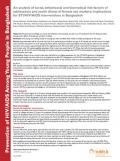What's New
Displaying results 4431 - 4440 of 4914

Resource | Publications,
This report presents the findings and conclusions from the fifth round of the national HIV serological and behavioural surveillance that was conducted between June 2003 and March 2004. The information obtained can serve as a tool to inform programme policy and interventions, to advocate for increased resources and investment in prevention, aid in targeting interventions, and in measuring their progress and impact.

Violence Against Women and HIV Cause and Consequence: Case Studies on Intersection of Twin Pandemics
Resource | Publications,
Every year the number of cases of violence against women and girls reported worldwide is overwhelming. This is more alarming given the fact that the number is said to be largely under-reported, especially in South Asian countries like Nepal.
This study is a compilation of the real life incidents of women who have experienced the intersections of Violence and HIV. It is complemented by another research study that reviews gaps and ambiguities in policies on HIV and Violence against Women.
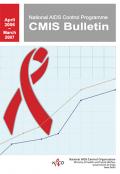
Resource | Publications,
The Computerized Management Information System (CMIS) Bulletin aims to promote the use of this information by the project directors and program managers of each component at the national and state levels for program management and problem-solving. This can also be used by the Strategic Information Management Unit (SIMU) at the state and national levels to closely monitor the program information, triangulate it with other data sources and facilitate evidence-based programming.
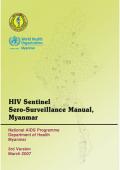
Resource | Tools,
This document, an update of the 1998 HIV sero-surveillance protocol, provides guidance on conducting facility-based HIV sero-surveys. The protocol is consistent with internationally recommended best practices.
The main purpose of the document is to standardize methodologies for surveillance across multiple sites. Additionally, the document can also serve as a training aid and a reference manual for supervision, monitoring and quality assurance.
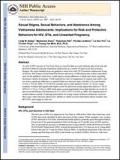
Resource | Publications,
As rates of HIV increase in Viet Nam, there is a need for data on social relations and sexual risk and protective behaviors among Vietnamese adolescents in a context of rapid social and economic changes. We report findings from our qualitative interviews with 159 Vietnamese adolescents living in Ha Noi, Nha Trang City and Ninh Hoa District and survey of 886 adolescents in these same three sites. In the qualitative interviews, youth report a strong adherence to ideals and values regarding abstinence outside of marriage.
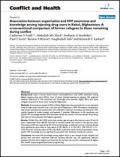
Resource | Publications,
Little is known about human immunodeficiency virus (HIV) awareness among Afghan injecting drug users (IDUs), many of whom initiated injecting as refugees. We explored whether differences in HIV awareness and knowledge exist between Afghan IDUs who were refugees compared to those never having left Afghanistan.
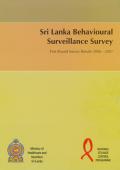
Resource | Publications,
The purpose of the Behavioural Surveillance Survey (BSS) in Sri Lanka are to:
- monitor change in HIV-related behaviours of specified populations or sub-populations over time
- inform the development of prevention-related interventions and activities
- evaluate the impact and effectiveness of prevention-related interventions and activities.
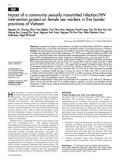
Resource | Publications,
The objective of the project is to determine changes in the prevalence of sexually transmitted infection (STI)/HIV in female sex workers (FSWs) after a community HIV prevention intervention project in five border provinces of Vietnam. The project focused on providing user-friendly STI services for FSWs using mobile teams operating at multiple sites depending on local client preferences.
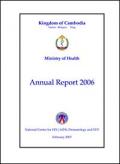
Resource | Publications,
The HIV Serosurveillance survey (HSS) 2003 found a 1.9% HIV prevalence among adults aged 15-49 years. Using HSS 2003 figures, it was estimated that 123,000 adults were living with HIV/AIDS including 57,000 women and that an estimated 9,000 children were living with HIV in 2003. The HSS round IX was conducted from November 2006 to February 2007. HSS 2006-2007 HIV prevalence estimates will be calibrated with the CDHS 2005-2006 HIV prevalence estimates in a consensus workshop that will be held at NCHADS in April 2007. The output of this expert consultation will include updated official estimates of HIV prevalence among the general population of adults and children, and estimates of the number of adults and children in need of ART.
After reaching the 3 by 5 targets in 2005, Cambodia has committed to further strengthen its response to the HIV/AIDS epidemic and reach Universal Access by 2010.






